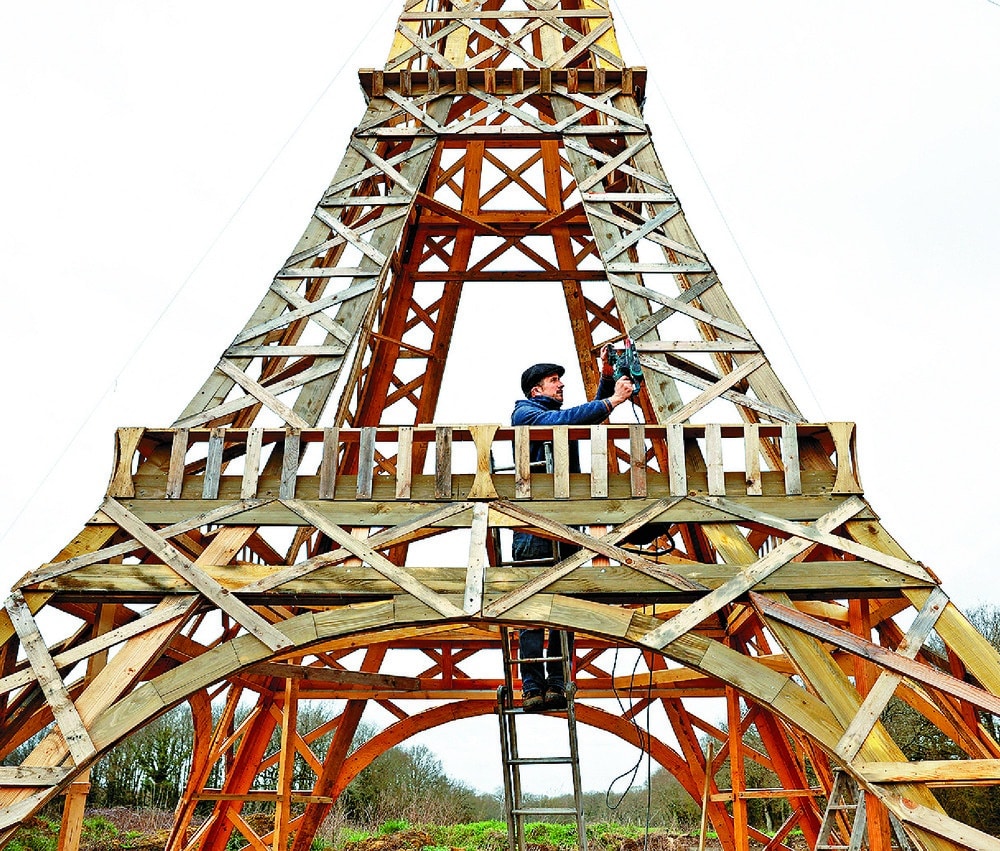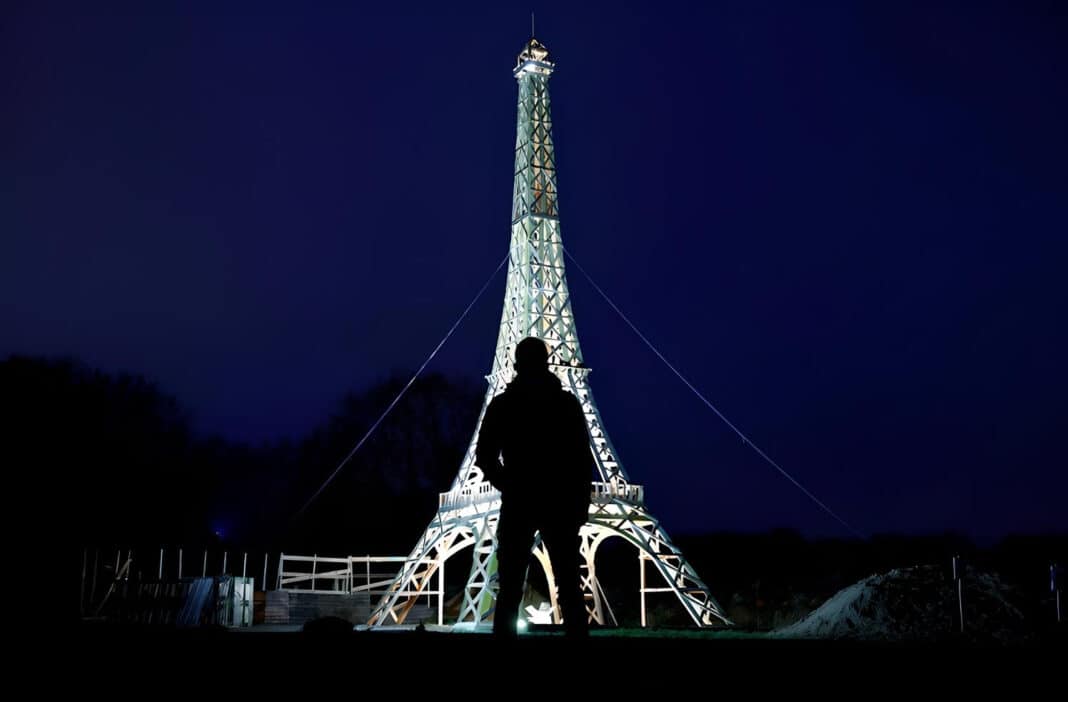The Responsible Wood délégation to the PEFC forest forum in Paris has returned from la mission to the ‘City of Light after presenting an enlightening update on the progress of forest certification in Australia and New Zealand.
The Program for the Endorsement of Forest Certification convened the 56 PEFC national governing bodies to confront the pressing challenges of climate change in forest management.
Against the backdrop of a warming world, forests have emerged as crucial allies, offering both resilience and solutions to combat the climate crisis.
The forum spotlighted the role forests play in adaptation, mitigation, and decarbonisation strategies and discussed the role of forest certification in international efforts to reduce deforestation and forest degradation.
Responsible Wood, the Australian and New Zealand national governing body for PEFC, took centre stage, advocating for enhanced recognition of sustainable forestry practices in the evolving nature of forest certification.
The conference included two forest visits: La Forêt de Chantilly in northern France, which extends over 6344 ha of PEFC-certified forests, and Auvergne Rhône-Alpes in the southeast, which covers nearly 11,000 ha and is the largest oak forest in Europe.
The Responsible Wood delegation included Dr Tony Bartlett, chair, Suzette Weeding, vice-chair PEFC, Simon Dorries, CEO, Matt de Jongh, sustainability manager and Jonathan Tibbits, marketing and communications manager.

On a lighter note, some PEFC forum delegates who visited the Eiffel Tower contemplated how the famous French landmark on the Champ de Mars in Paris might look if the structure was built using engineered wood!
The wrought-iron lattice tower is named after the engineer Gustave Eiffel, whose company designed and built the tower from 1887 to 1889 as a centrepiece of the 1889 World’s Fair and to crown the centennial anniversary of the French Revolution.
Although initially criticised by some of France’s leading artists and intellectuals for its design, it has since become a global cultural icon of France and one of the most recognisable structures in the world.
Alas, at the time, wood was out of the question with development of today’s engineered timber a long way off.
Building with stone would have made it collapse under its own weight, and reinforced concrete was still at a very early stage. Iron and steel were available, but Eiffel preferred to work with iron to make the tower come to life.
But wait. It’s never too late!
Two friends in western France have built a 16-metre-high replica of the Eiffel Tower from recycled wood, which they hope to display along the path of the Summer 2024 Olympic torch relay and on Olympic sites.
The Paris 2024 Olympic and Paralympic Games in La Chevroliere, near Nantes, runs from August 28 to September 8.
Frederic Malmezac, a 38-year-old carpenter, paired up with friend 46-year-old Sylvain Bouchard to build the model, using wood that would otherwise have been thrown away.
“The project was to build a wooden Eiffel Tower replica using as much recycled material as possible … to show that with renewable materia we can build great things,” Malmezac said.
The pair used about 825 pieces of wood, starting their project in September last year. They are hoping to soon get authorisation to display their mini-Eiffel Tower near Olympic sites.
The Eiffel Tower’s sustainability is in the paint; it must be painted by hand every six or seven years to protect it from corrosion, a process that takes 60 tonnes of paint and two years to complete. The painting is usually done by a unique cadre of 25 painters who are unafraid of heights and possess an acrobatic agility for scaling the tower
To gain a little perspective on the tower’s height, if the Statue of Liberty, including its base, were placed on top of the Washington Monument, the Eiffel Tower would still be 61 m taller.
The structure cost US $1.5 million in 1890 (or more than US $40 million today), a sum partially funded by the French government.






